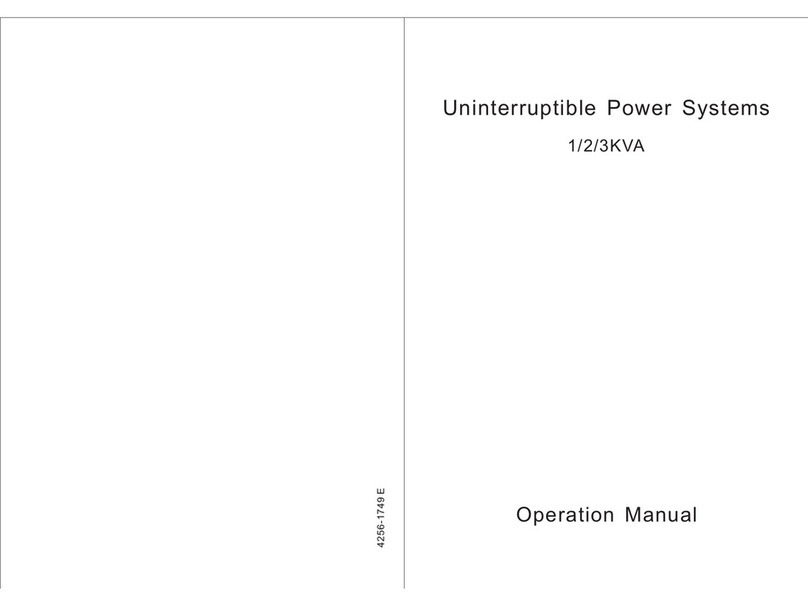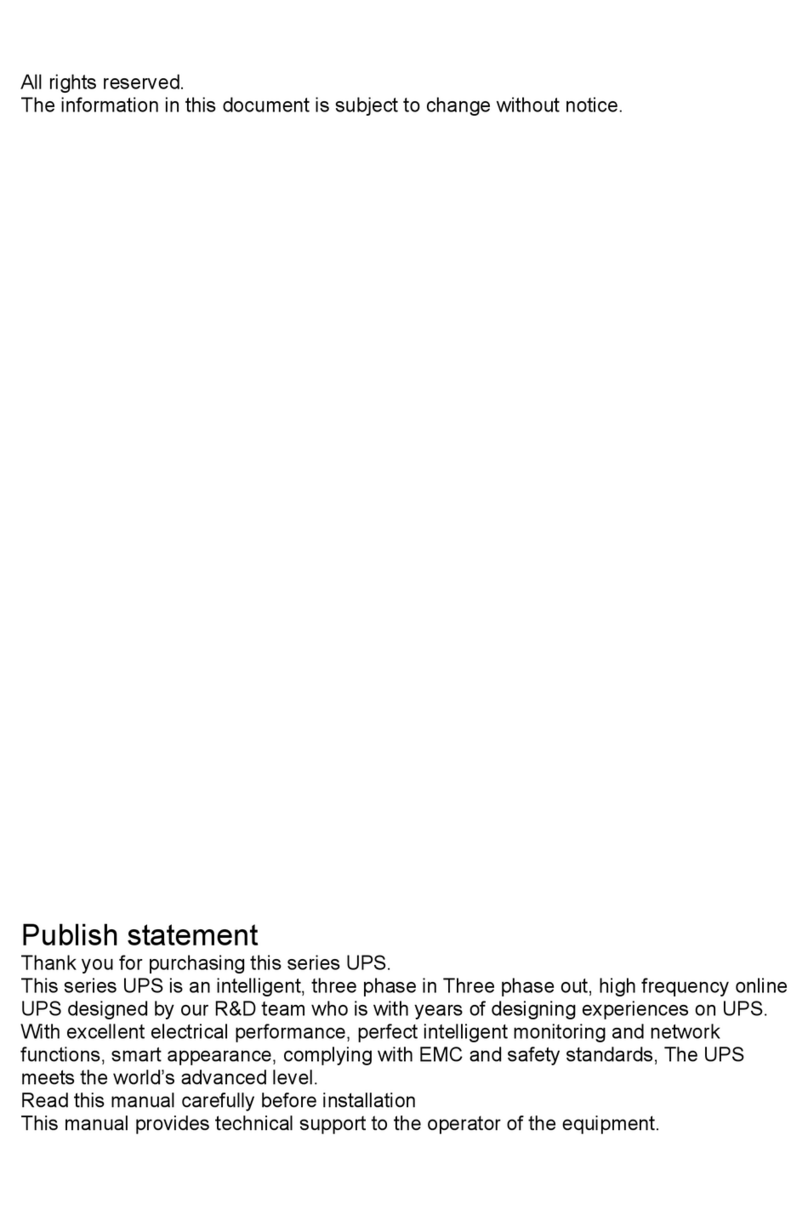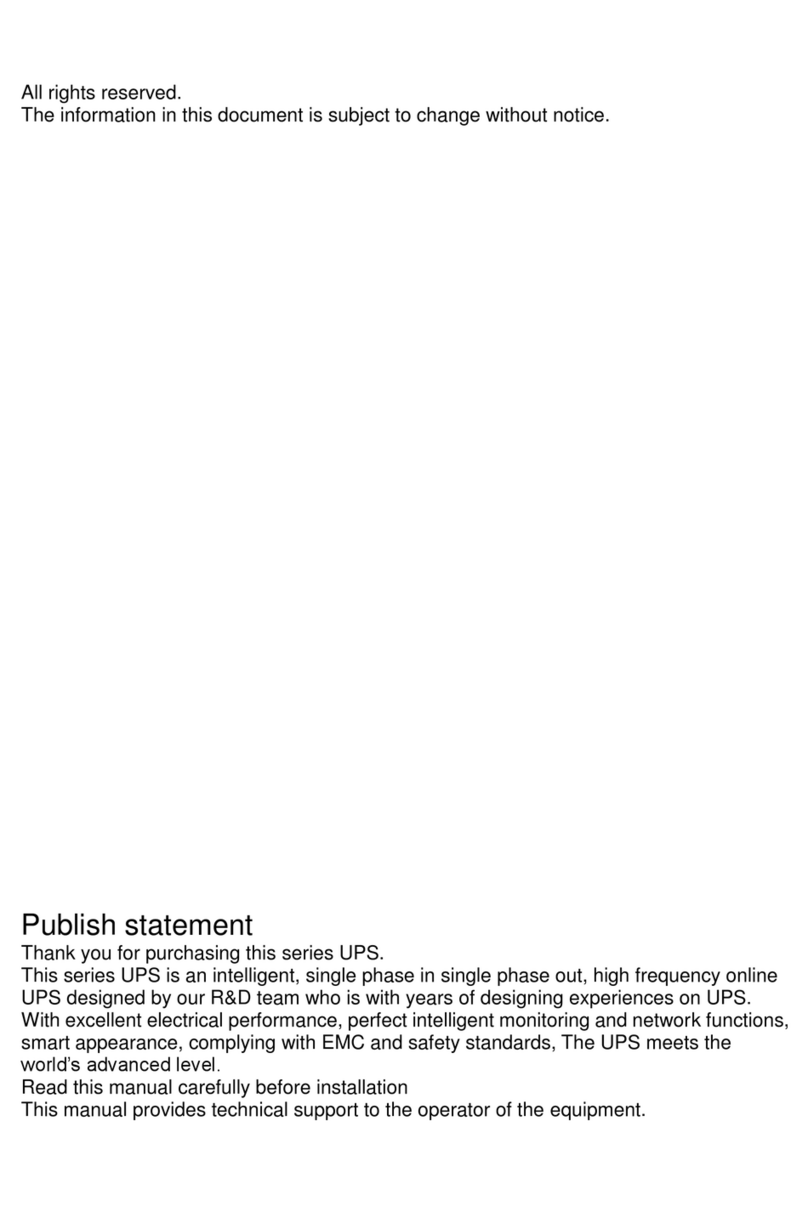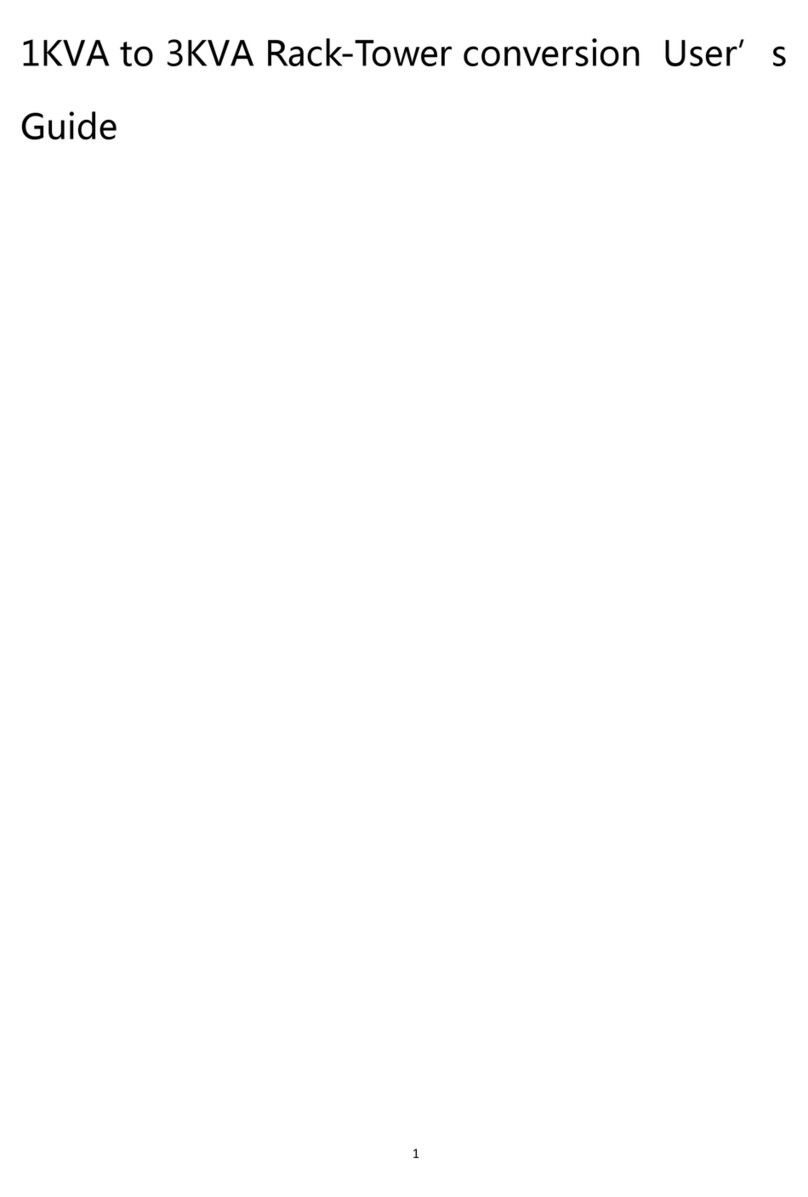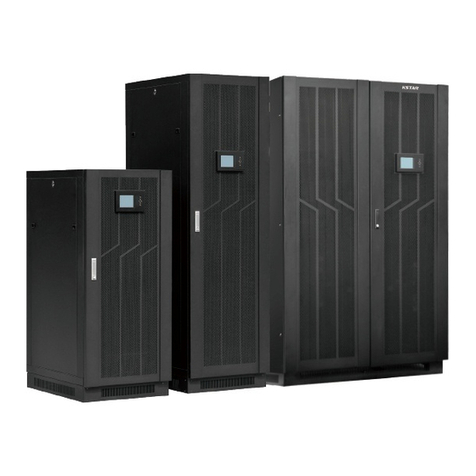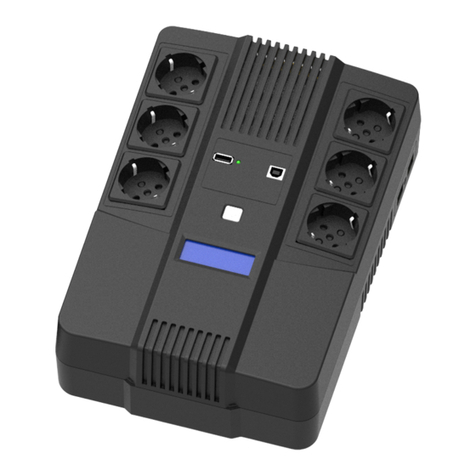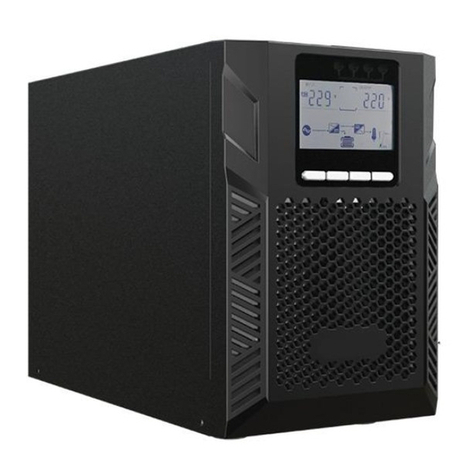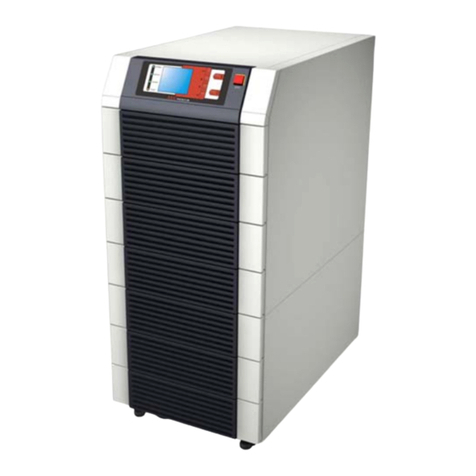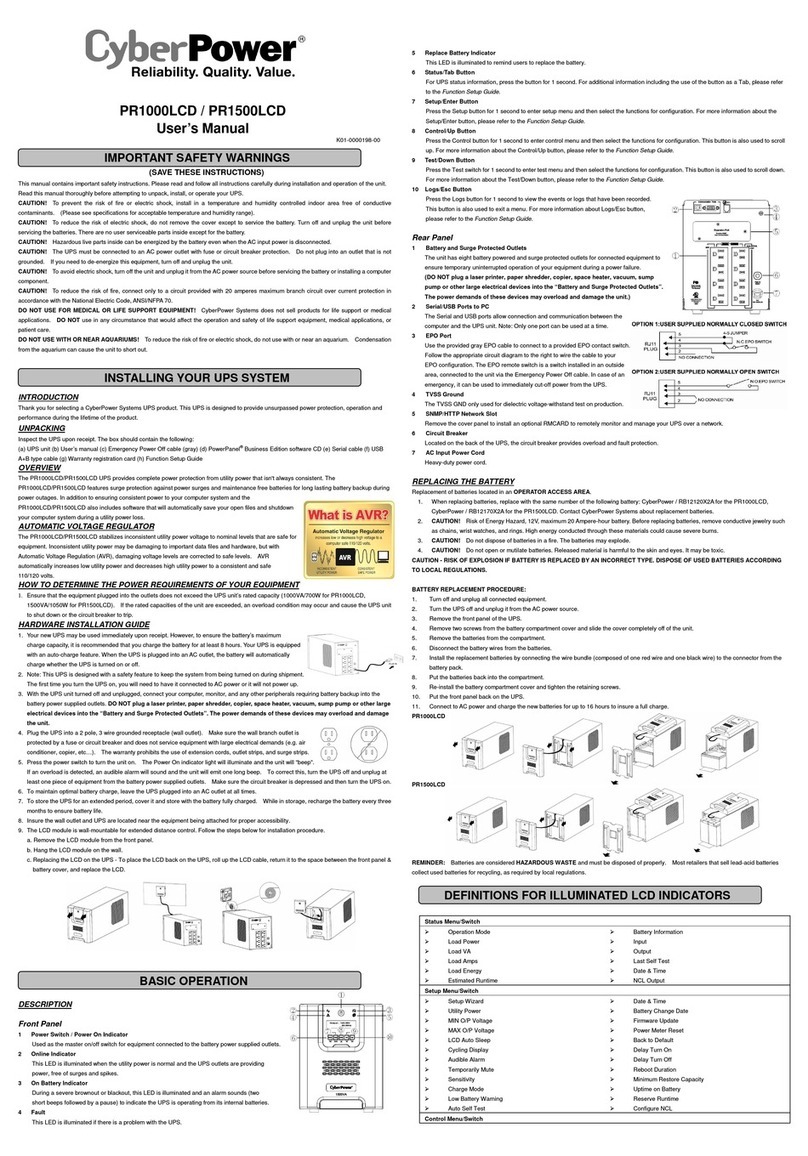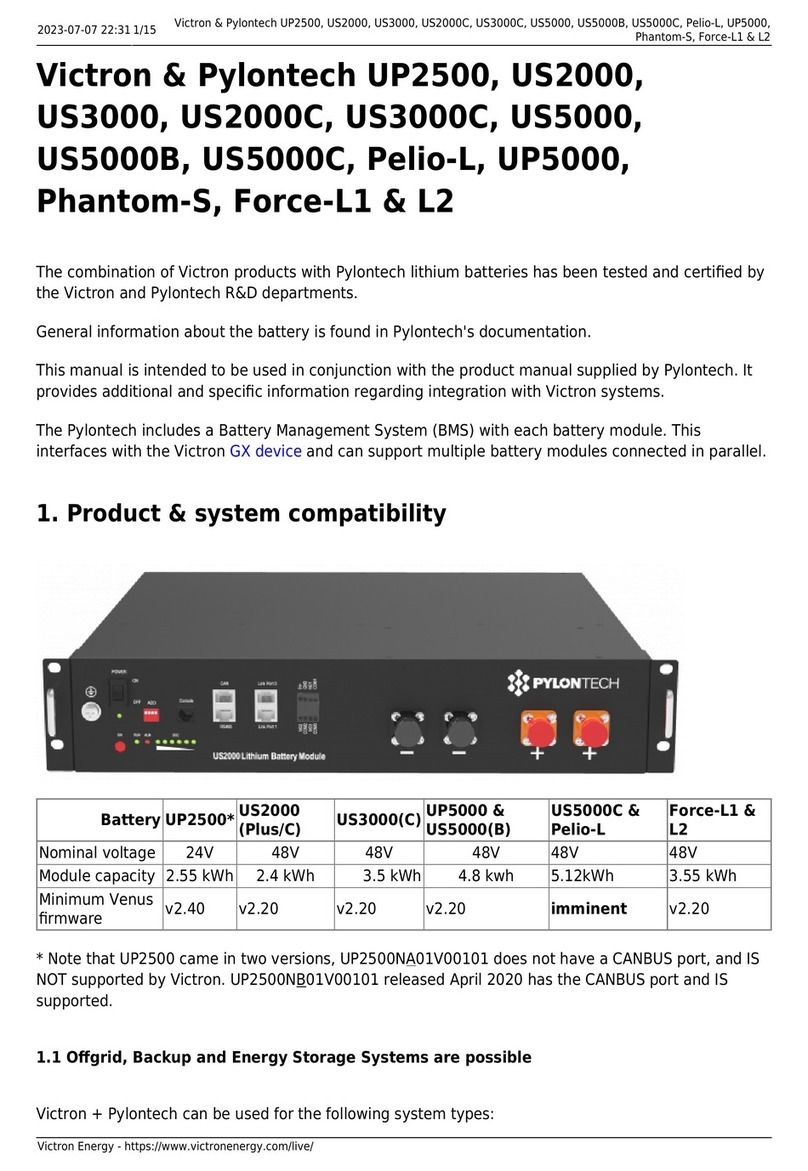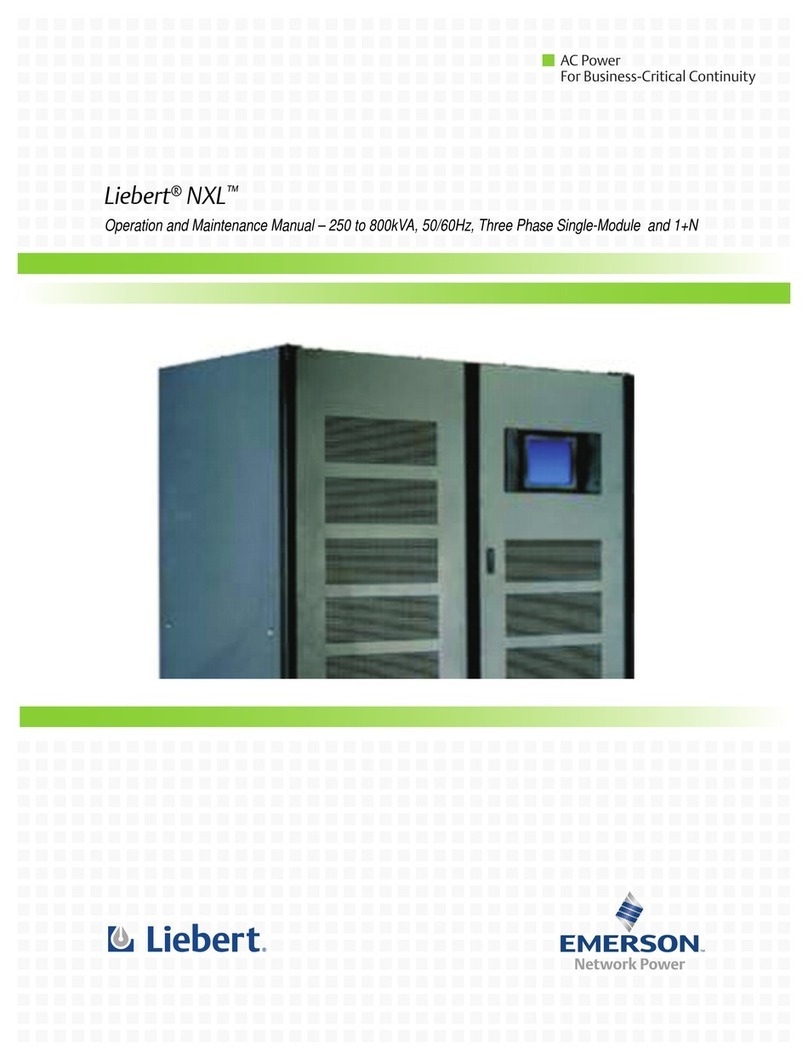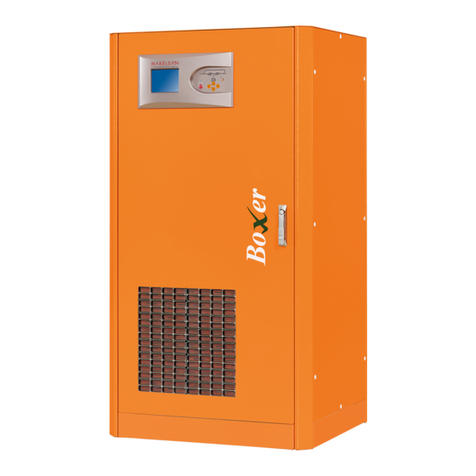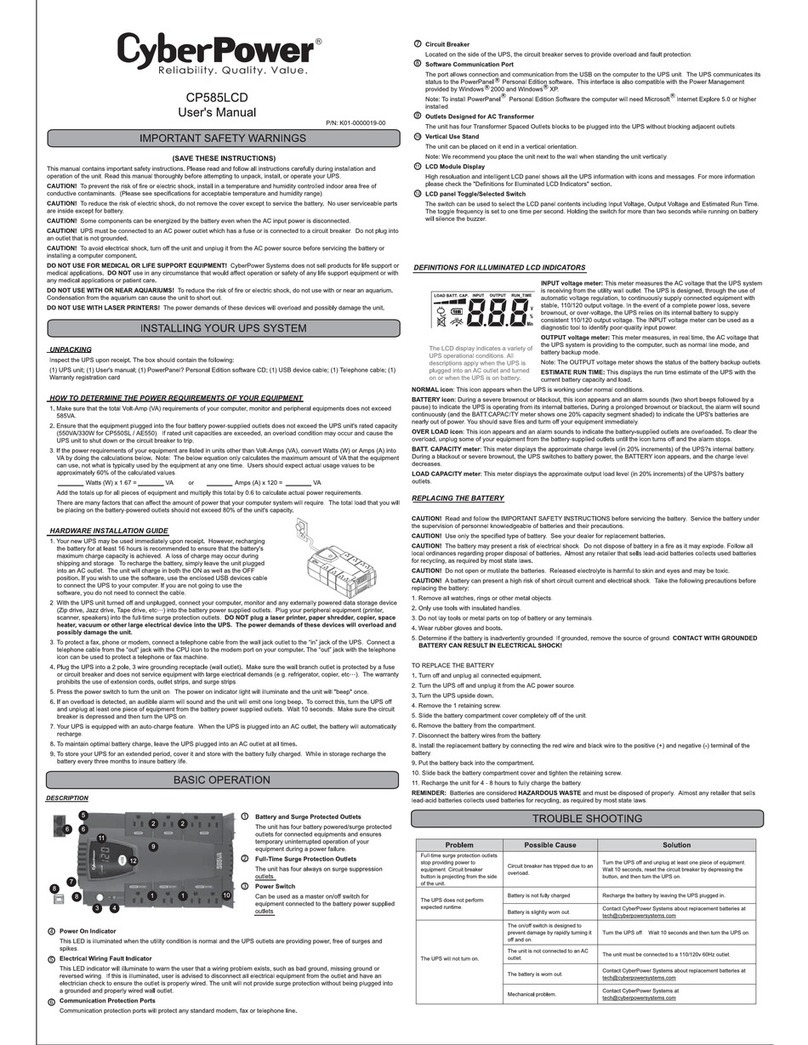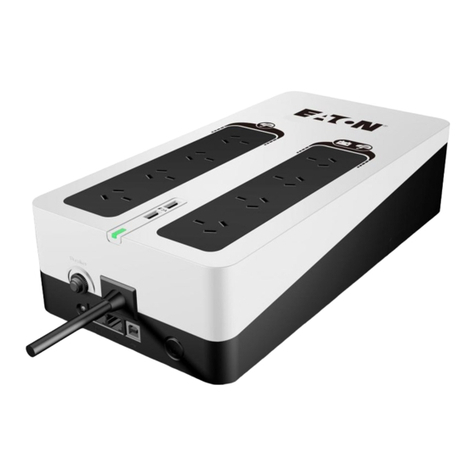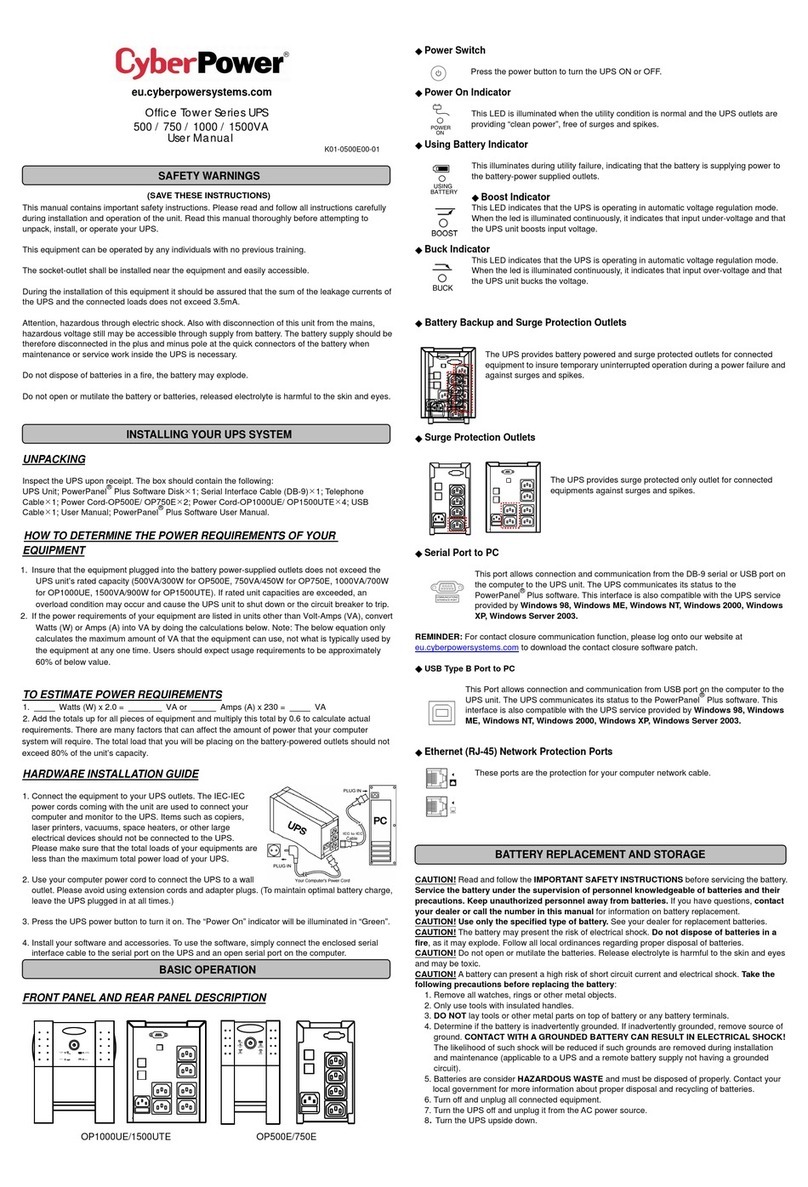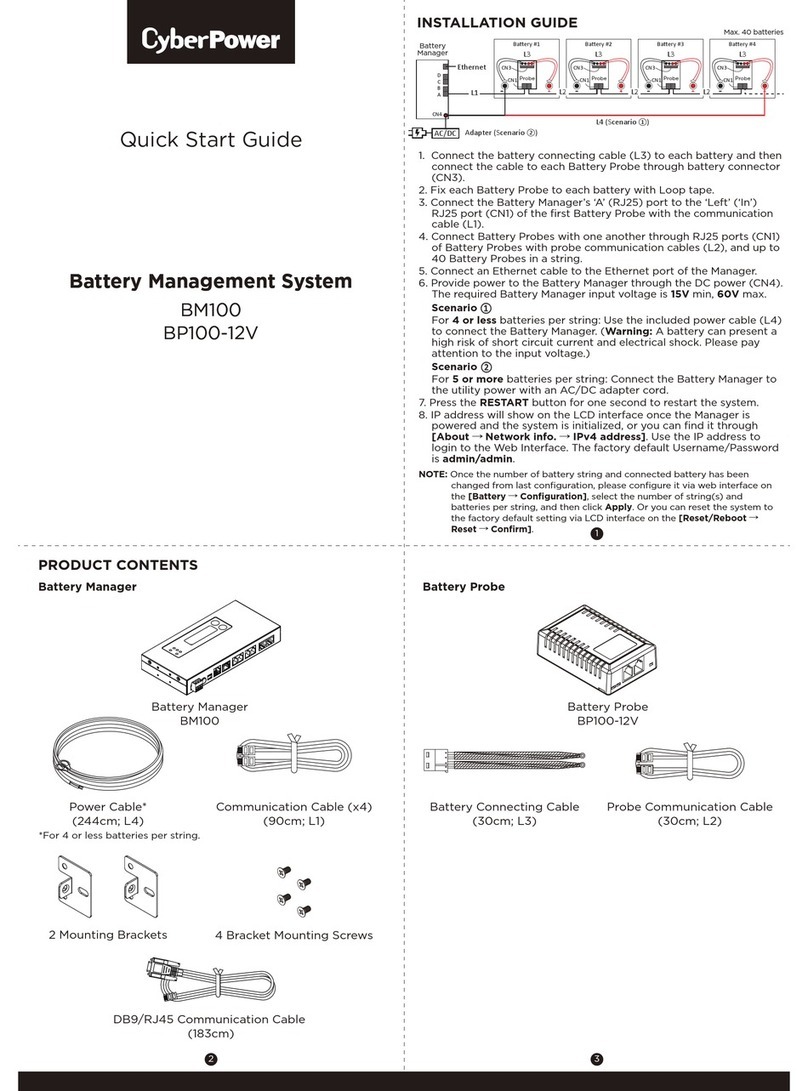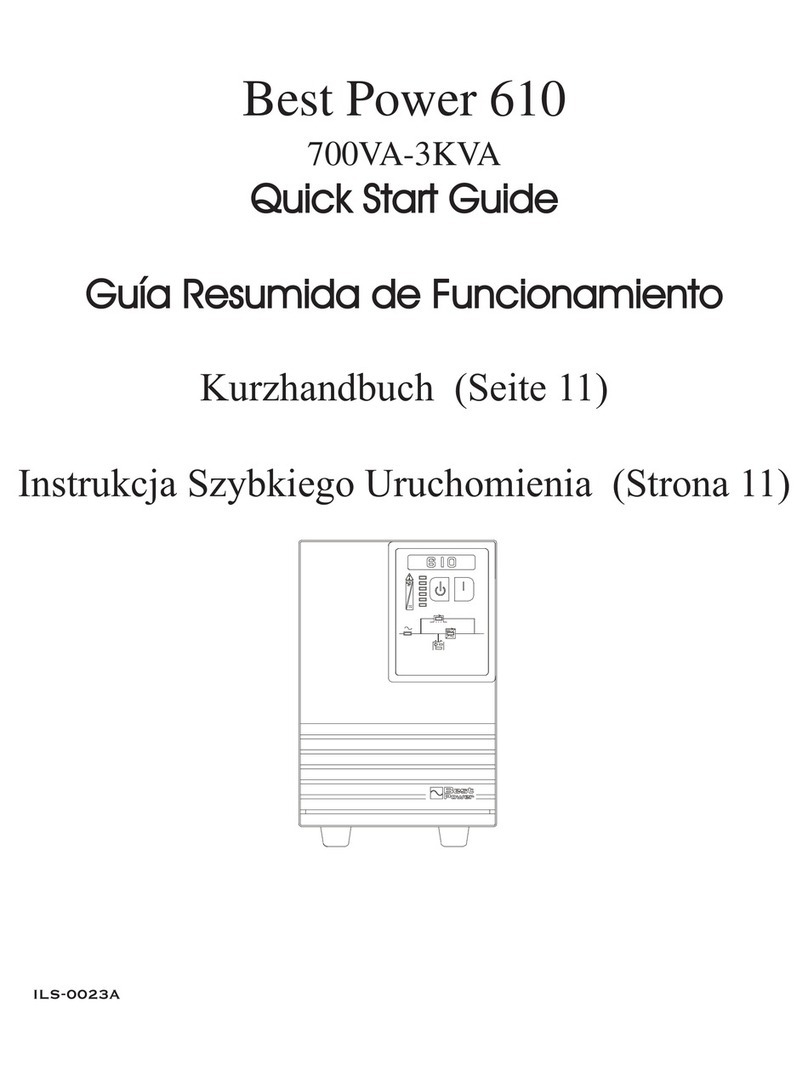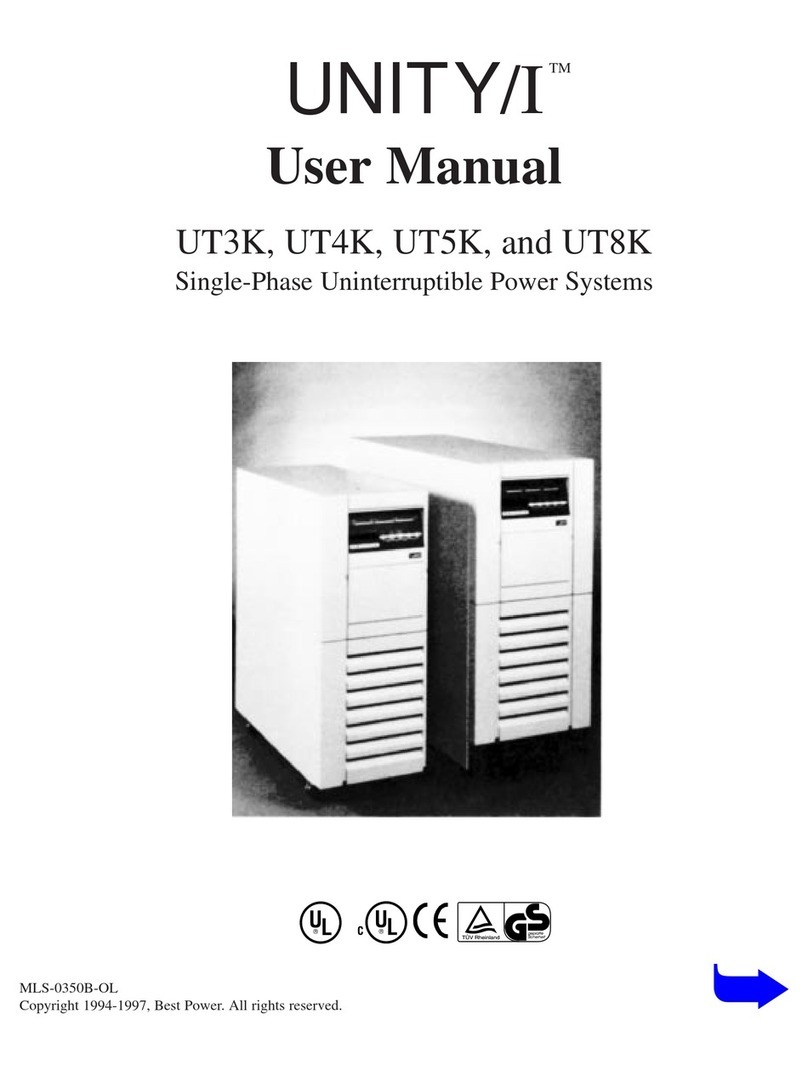
1
Contents
1.Safety ....................................................................................................................................... 2
1.1 Safety notes ....................................................................................................................................... 2
1.2 Symbols used in this guide ............................................................................................................ 2
2.Main Features ........................................................................................................................ 3
2.1 Summarization ................................................................................................................................... 3
2.2 Functions and Features .................................................................................................................. 3
3.Installation .............................................................................................................................. 4
3.1 Unpack checking .............................................................................................................................. 4
3.2 The appearance of the product ..................................................................................................... 4
3.2.1 Standalone UPS ..................................................................................................................... 4
3.2.2 Sub Rack UPS ........................................................................................................................ 8
3.3 UPS module appearance .............................................................................................................. 14
3.4 Installation ........................................................................................................................................ 15
3.4.1 Standalone UPS change to sub rack UPS ..................................................................... 15
3.4.2 Sub rack UPS installation operation............................................................................... 17
3.5 Installation notes ............................................................................................................................ 18
3.6 External Protective Devices .......................................................................................................... 20
3.7 Power Cables ................................................................................................................................... 20
3.8 Power cable connect...................................................................................................................... 23
3.9 Battery connection ......................................................................................................................... 26
3.10 Online UPS Modules Replacement .......................................................................................... 27
3.11 UPS Multi-Module Installation ................................................................................................. 28
3.11.1 Cabinet installation ........................................................................................................... 28
3.11.2 Parallel cable installation ................................................................................................ 29
3.12 LBS installation (optional) .......................................................................................................... 30
3.12.1 LCD setting ......................................................................................................................... 30
3.12.2 LBS cable installation ...................................................................................................... 30
3.12.3 UPS installation ................................................................................................................. 31
4.Operation .............................................................................................................................. 31
4.1 Operation Modes ............................................................................................................................. 31
4.2 Turn on/off UPS ............................................................................................................................... 34
4.2.1 Restart procedure ................................................................................................................ 34
4.2.2 Test procedure ..................................................................................................................... 34
4.2.3 Cold start procedure ........................................................................................................... 34
4.2.4 MAINTENANCE BYPASS ................................................................................................... 35
4.2.5 Shut down procedure ......................................................................................................... 35
4.2.6 Startup procedure for parallel system ........................................................................... 36
4.3 The Display ....................................................................................................................................... 36
4.4 Display Messages/Troubleshooting ........................................................................................... 67
4.5 Options .............................................................................................................................................. 69
Appendix 1 Specifications ..................................................................................................... 70
Appendix 2 Problems and Solution ..................................................................................... 71
Appendix 3 CAN communication port definition ............................................................. 73
Appendix 4 RS485 communication port definition ......................................................... 73
Appendix 5 COM communication port definition ............................................................ 74
Appendix 6 LBS port definition ............................................................................................ 75
Appendix 7 REPO instruction ............................................................................................... 76

